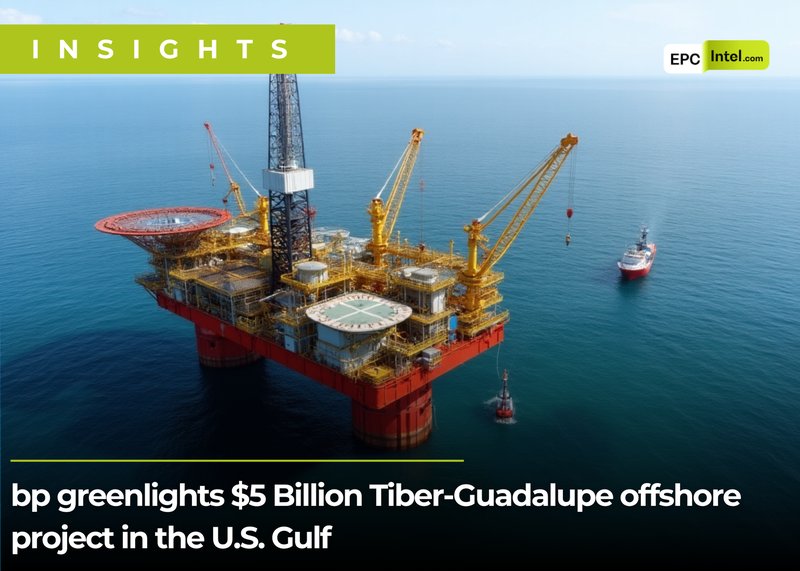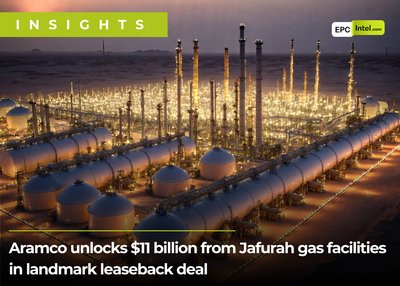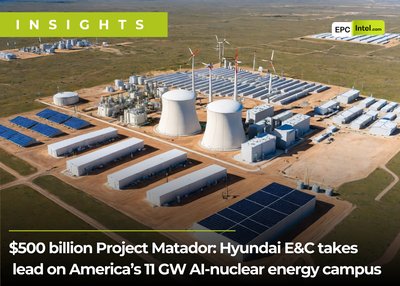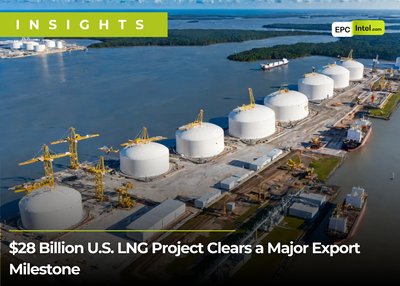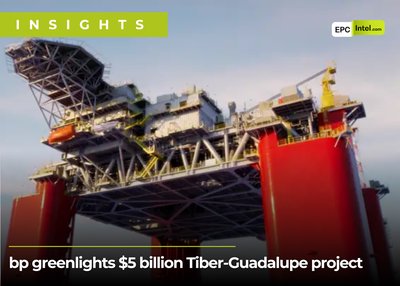bp has pressed ahead with another giant step in the Paleogene, approving a $5 billion investment to build the Tiber-Guadalupe hub in the Gulf of America. In less than two years the supermajor has sanctioned two new production platforms in the US Gulf, underscoring both the basin’s resilience and its centrality to bp’s upstream growth story.
Seventh operated hub
Tiber-Guadalupe will be bp’s seventh operated oil and gas hub in the region and will feature a new floating production facility with a design capacity of 80,000 barrels of oil per day. The development will draw production from six wells in the Tiber field and a two-well tieback from Guadalupe, with first oil targeted for 2030.
The project sits firmly within bp’s long-term plan to grow upstream volumes while balancing shareholder returns. Recoverable resources from the initial phase are pegged at 350 million barrels of oil equivalent, with scope to add more wells in later phases as subsurface understanding matures.
A $10 billion Paleogene play
The $5 billion Tiber-Guadalupe platform will be developed in parallel with Kaskida, bp’s other 100% owned Paleogene project, sanctioned in 2023. Together the two projects represent a combined $10 billion bet on the long-life potential of the US Gulf.
Andy Krieger, bp’s senior vice president for Gulf of America and Canada, said the investment is a vote of confidence in the region’s role in the company’s global portfolio:
“Our decision to move forward on the Tiber-Guadalupe project is a testament to our commitment to continue investing in the Gulf of America and expand our energy production from one of the premier basins in the world.”
By 2030, bp expects its offshore Gulf platforms to deliver more than 400,000 barrels of oil equivalent per day, forming the backbone of a wider target to exceed 1 million boe/d across its US portfolio.
Leveraging Kaskida designs
The project has been engineered with cost efficiency in mind. More than 85% of the Tiber-Guadalupe design is being lifted directly from Kaskida, allowing bp to save around $3 per barrel in development costs compared with its sister project.
Gordon Birrell, bp’s executive vice president of production and operations, described the project as a logical extension of bp’s Paleogene push:
“Tiber-Guadalupe represents a significant step forward in our efforts to unlock the potential of the Paleogene in the Gulf of America, building on our decades of experience in the region.”
The synergies extend beyond engineering, with bp aiming to streamline procurement, fabrication and commissioning by locking in repeat orders across hulls, topsides, risers and subsea equipment.
Breakdown of major packages
According to EPCIntel.com’s database, a typical $5 billion deepwater hub development splits into several large EPC and subsea packages:
- Floating production unit: $1.8–2.2 billion for hull, topsides, processing modules and integration. Yard selection will be pivotal, with Korean, Singaporean and US Gulf yards competing.
- Subsea production systems: $1.2–1.4 billion for subsea trees, manifolds, umbilicals, and control systems, often dominated by the big three suppliers, TechnipFMC, OneSubsea and Baker Hughes.
- SURF (subsea umbilicals, risers and flowlines): $800 million–$1 billion, with opportunities for Subsea7, Saipem and Heerema in installation.
- Drilling and completions: $600–700 million for six Tiber wells and two Guadalupe tiebacks.
- Logistics and operations support: $200–300 million across marine spreads, helicopters, and long-term maintenance contracts.
bp’s strategy of reusing designs and bundling procurement across multiple hubs could shift awards toward repeat contractors with established track records on Kaskida.
Implications for contractors and suppliers
For fabrication yards, the Tiber-Guadalupe decision ensures a steady pipeline of offshore platform work through the late 2020s. EPC contractors in Korea and Singapore, which have struggled with LNG carrier congestion and volatile pricing, will see the project as a chance to secure high-value FPS work. In the subsea domain, the major OEMs are expected to push for integrated project awards, leveraging their Subsea 2.0 and iEPCI models to capture larger scopes.
US Gulf-based service companies stand to benefit from the drilling campaign and logistics support, while local fabrication yards in Texas and Louisiana could secure module construction or integration packages.
Gulf remains strategic
The FID highlights bp’s determination to keep the Gulf of America at the heart of its production base, even as it balances its energy transition commitments. With Kaskida and Tiber-Guadalupe now in motion, the company has effectively secured a new wave of deepwater production that will anchor its portfolio well into the 2040s.
The US Gulf may not offer the explosive growth of Guyana or Namibia, but for bp it delivers scale, resilience and reliable cashflow. With design reuse lowering costs and existing infrastructure shortening timelines, Tiber-Guadalupe could become a benchmark for disciplined deepwater development.
